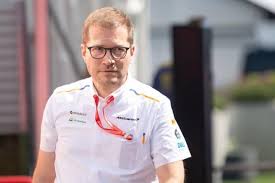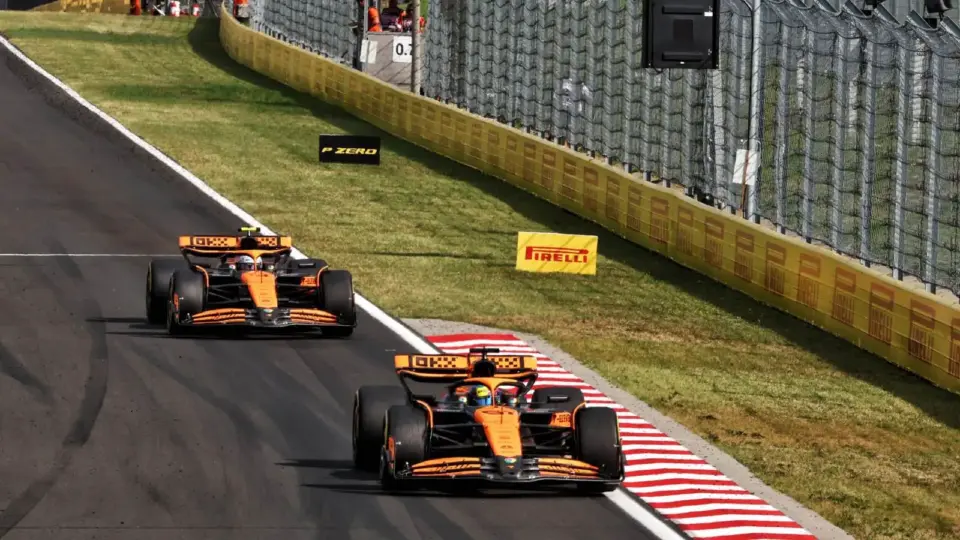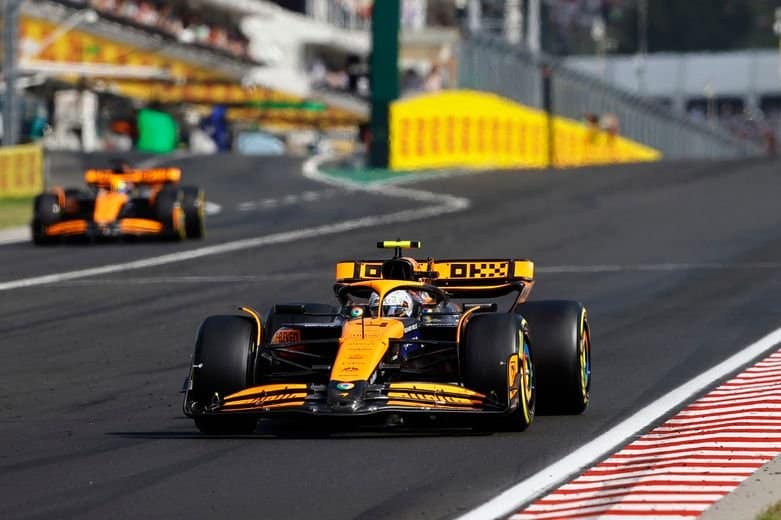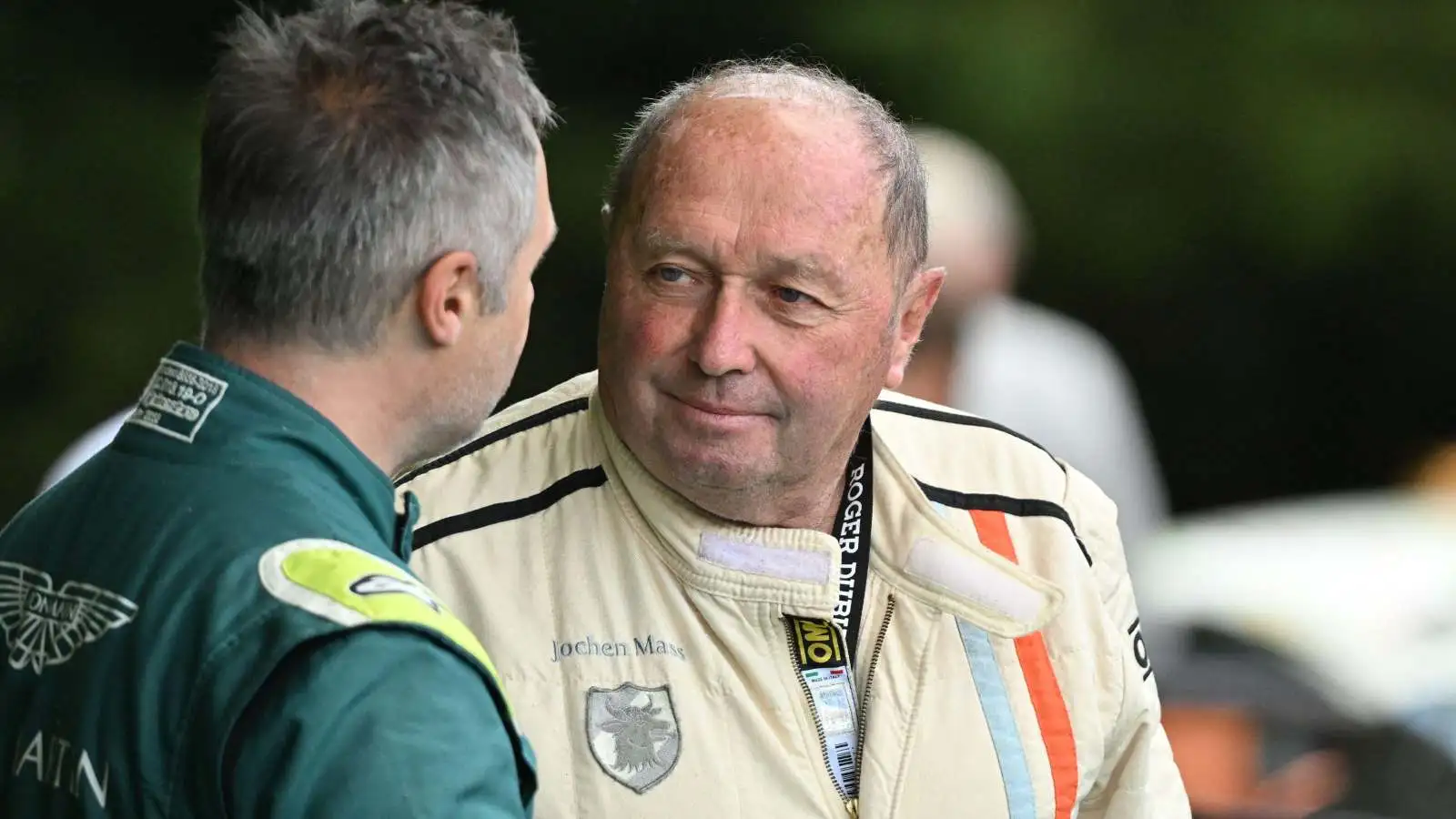An insider has revealed that Audi’s top brass is causing headaches for CEO Andreas Seidl as he struggles to keep the company’s Formula One project on track. Instead of providing much-needed support, the corporate main board is meddling in the daily operations, adding fuel to an already fiery situation.
Reports indicate that the new Audi power unit for 2026 is significantly behind schedule. A recent update from Audi HQ, intended to boost confidence, was largely filled with corporate jargon, praising their state-of-the-art facilities rather than addressing the real issues. Consumers now see hybrid technology as a transitional phase from combustion engines to full electric power, which makes the extra weight and complexity of hybrid systems less appealing.
In an attempt to spin some positive news, Audi announced a partnership with BP for sustainable fuel and with Castrol for specialized lubricants. Meanwhile, Audi’s quick purchase of the Sauber team earlier this season raised eyebrows. Current drivers, Valtteri Bottas and Zhou Guanyu, might find themselves replaced soon by drivers with more ‘experience, speed, and marketability.’ Seidl’s successful recruitment of Nico Hulkenberg for the 2025 season is a bright spot, but the second driver remains undetermined.
Adding to Seidl’s woes is the internal conflict with Oliver Hoffmann, who was moved to the F1 project by CEO Gernot Dollner. Hoffmann’s and Seidl’s roles overlap significantly, causing friction. Hoffmann’s responsibilities include overseeing Sauber’s operations and the development of the power unit, while Seidl is the face of the project. Seidl has even suggested bringing in Aston Martin’s Mike Krack as team principal, while Hoffmann wants Seidl out and shares the same target for the team boss position.
The clash goes beyond personal differences; it reflects a broader issue of corporate culture affecting decision-making. Red Bull boss Christian Horner cited similar issues when explaining why a deal with Porsche fell through. He emphasized that maintaining independence and quick decision-making were core strengths and warned against letting manufacturers’ bureaucracy take over. Audi’s situation is eerily reminiscent of Toyota’s ill-fated F1 venture, which ended after eight years of underwhelming results despite massive investment.
Adam Baker, CEO of Audi Formula Racing GmbH, recently claimed progress by noting that the company’s power units have already simulated race distances. However, his optimism seems more like a corporate mission statement than a genuine indicator of success. With time running short before Audi hits the track in 2026, resolving these internal issues is crucial.
The stakes are high, and the clock is ticking. The Audi F1 project is not just a test of engineering but also of corporate governance. Whether they can navigate this internal civil war and achieve success on the track remains to be seen.
Audi’s F1 project is entangled in a web of corporate politics and engineering challenges. Whether they can overcome these hurdles and find success by 2026 is uncertain, but one thing is clear: a resolution must be reached quickly to avoid repeating past mistakes.










